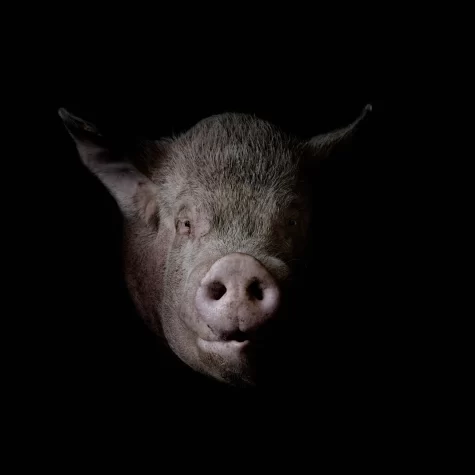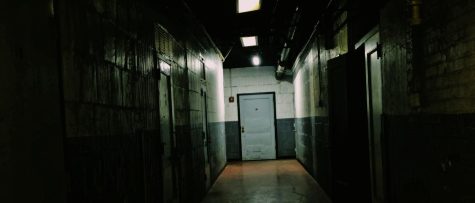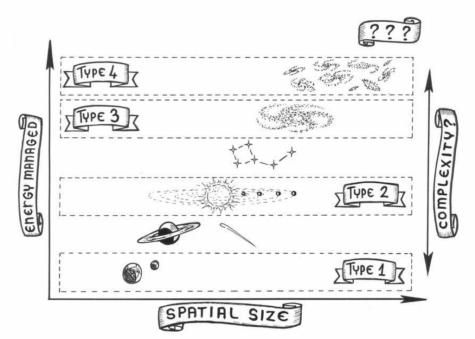Harry Potter Takes the Real World

Harry Potter was a big part of many 90s kid’s childhoods. The idea of invisibility cloaks was mystical and magical, but could it be a real possibility?
Science may have just made invisibility cloaks possible. This experimental device is thin and flexible and can be used on many different things. This was announced by Dr. George Eleftheriades from the University of Toronto’s Department of Electrical & Computer Engineering and was published in Physical Review X.
In the last spring, Michigan Technological University announced a cloaking system that used a dielectric coating to reflect and distort electromagnetic radiation. The new cloaking system uses an ultra-thin layer of antennae which emits a signal to completely cancel out any reflection from radar, instead of merely distorting it.
Also, the invisibility cloak can be used to deceive detection devices by using signals to make the hidden object seem bigger, smaller, or even in a completely different location. This is made possible by an active looping system from the antennae that is in tune with the device trying to locate it. for now this is manual work but future versions may be able to automatically register the incoming frequency and adjust in order to cancel it.
This project began around seven years ago, but early prototypes required thick coatings of metamaterials, which was unable to work for large objects. The current cloaking system can be used to hide objects of any size. This has obvious implications for military stealth operations and surveillance, but it could also be used to improve communication signals by effectively “hiding” any obstacles that interfere with signal strength.
This cloaking system currently just works with radio waves but future versions may even work with light waves. This is an exciting technological advance getting us one step closer to the worlds we read about.









